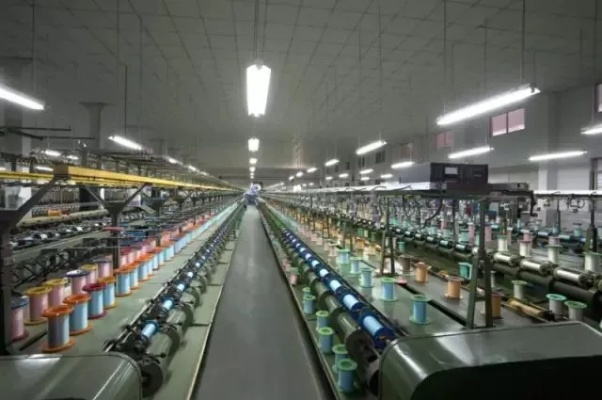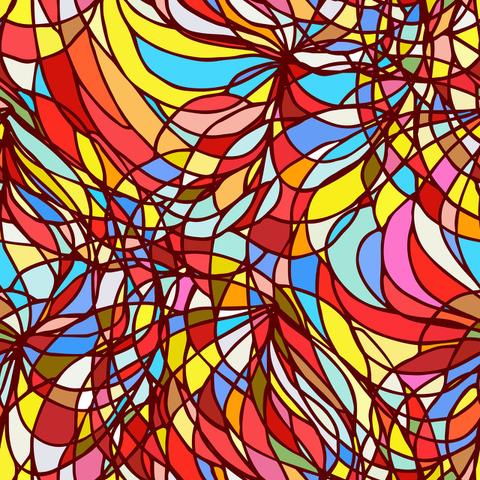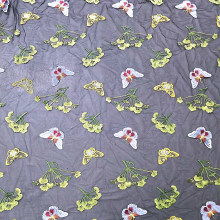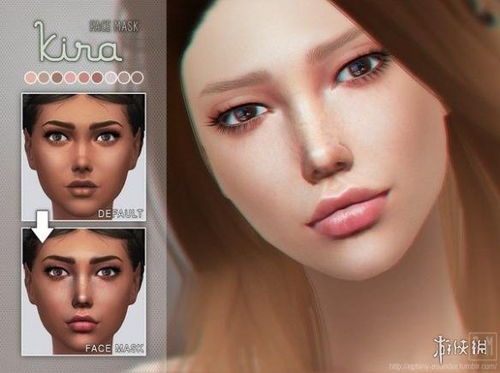The Art of Textile Authentication:A Comprehensive Guide
Introduction: Textiles, the fabric of our lives, are an integral part of human civilization. From everyday wear to high-end fashion, textiles play a crucial role in shaping our aesthetics and comfort. However, with the increasing demand for authenticity and quality, the importance of textile authentication has become paramount. In this article, we will explore the various methods used by textile authentication centers to ensure the authenticity of textile products.
Methods of Textile Authentication:

Material Analysis: This method involves examining the composition of the textile material to determine its origin and manufacturing process. For example, a cotton sample may be analyzed using techniques such as Fourier Transform Infrared Spectroscopy (FTIR) or Near-Infrared Spectroscopy (NIRS).
| Sample | Method of Analysis | Result |
|---|---|---|
| Cotton | FTIR/NIRS | Origin, Manufacturing Process |
Chemical Testing: This method involves testing the chemical composition of the textile material to identify any foreign substances or contaminants. For instance, a polyester sample may be tested for the presence of synthetic dyes using gas chromatography-mass spectrometry (GC-MS).
| Sample | Method of Testing | Result |
|---|---|---|
| Polyester | GC-MS | Foreign Dyes |
Microscopy: This method involves using microscopes to observe the surface structure and texture of the textile material. For example, a wool sample may be examined under a scanning electron microscope (SEM) to identify any defects or irregularities.
| Sample | Method of Examination | Result |
|---|---|---|
| Wool | SEM | Irregularities |
Density Testing: This method involves measuring the density of the textile material to determine its weight per unit area. For example, a silk sample may be weighed and measured to calculate its specific gravity.
| Sample | Method of Testing | Result |
|---|---|---|
| Silk | Density Testing | Weight per Unit Area |
Moisture Content Testing: This method involves measuring the moisture content of the textile material to determine its absorbency. For example, a cotton sample may be weighed before and after being soaked in water to calculate its absorbency.
| Sample | Method of Testing | Result |
|---|---|---|
| Cotton | Moisture Content Testing | Absorbency |
Shrinkage Testing: This method involves measuring the change in size of the textile material after exposure to heat or chemicals. For instance, a linen sample may be stretched and then returned to its original size to measure any shrinkage.
| Sample | Method of Testing | Result |
|---|---|---|
| Linen | Shrinkage Testing | Shrinkage |
Bacterial Testing: This method involves testing the textile material for the presence of harmful bacteria or fungi. For example, a cotton sample may be treated with a solution of antibiotics and then cultured to detect any growth.
| Sample | Method of Testing | Result |
|---|---|---|
| Cotton | Bacterial Testing | No Growth |
UV Stability Testing: This method involves exposing the textile material to ultraviolet light to determine its resistance to fading. For example, a polyester sample may be exposed to UV light and then evaluated for any color loss.
| Sample | Method of Testing | Result |
|---|---|---|
| Polyester | UV Stability Testing | Color Loss |
Case Study: A client approached the textile authentication center with concerns about a pair of jeans they purchased online. They had received a defective product and were unsure if it was genuine or not. The center's team conducted a thorough analysis, including material analysis, chemical testing, microscopies, and moisture content tests on the jeans. They found that the densities and specific gravity values matched those of a reputable brand and that there were no foreign substances or contaminants present. Additionally, the moisture content test showed that the jeans were highly absorbent, which is consistent with their brand's description. Therefore, the center confirmed that the jeans were genuine and provided the client with a certificate of authenticity.
Conclusion: Textile authentication is a complex process that requires expertise and technology to ensure the authenticity of textile products. By utilizing various methods such as material analysis, chemical testing, microscopy, density testing, moisture content testing, shrinkage testing, bacterial testing, UV stability testing, and others, textile authentication centers can provide consumers with reliable information about the authenticity of textile products. With the increasing demand for authenticity and quality, the importance of textile authentication cannot be overstated. It is essential for consumers to trust the labels and certifications provided by reputable textile authentication centers to ensure that they are purchasing genuine products.

大家好,今天我们来聊聊一个重要的话题——纺织品鉴定中心,随着纺织行业的快速发展,纺织品的质量和鉴定变得越来越重要,在纺织品鉴定中心,我们致力于提供准确、专业的纺织品鉴定服务,下面,我们将通过一个英文案例说明和表格补充说明的方式,为大家详细介绍纺织品鉴定中心的相关知识。
纺织品鉴定中心概述
纺织品鉴定中心是一个专注于纺织品质量检测和鉴定的专业机构,它汇集了行业内顶尖的专家和设备,为消费者提供高质量、专业的纺织品鉴定服务,在纺织品鉴定中心,我们采用先进的检测技术和设备,对纺织品进行全面的质量检测和分析,确保纺织品符合相关标准和法规要求。
纺织品鉴定中心案例说明
假设我们遇到一个涉及纺织品鉴定的案例,具体如下:
某品牌新推出的丝绸面料
某品牌推出了一款新丝绸面料,为了确保其产品质量和真实性,该品牌选择在纺织品鉴定中心进行纺织品鉴定,经过检测,该面料符合相关标准和法规要求,同时具备优良的质地和手感,消费者对该品牌的丝绸面料非常满意,纷纷表示该面料质量上乘。
纺织品质量问题的识别和处理
在日常纺织品检测中,我们遇到了一些质量问题,某客户反映其购买的棉质衣物存在缩水现象,在纺织品鉴定中心,我们通过专业的检测技术和设备,迅速识别出该问题,并对其原因进行了深入分析,我们帮助客户找到了解决方案,并提供了相应的维护建议。
纺织品鉴定中心的主要工作内容和流程
- 样品采集与检测:纺织品鉴定中心首先会收集样品,并进行全面的质量检测和分析,检测内容包括纤维成分、织造工艺、尺寸稳定性等方面。
- 专家鉴定:根据检测结果,我们邀请行业内顶尖的专家进行鉴定,专家们会对检测结果进行深入分析,提供专业的鉴定意见和建议。
- 数据分析和报告:根据检测结果和专家意见,我们进行数据分析和报告,报告内容包括纺织品的质量状况、存在的问题以及解决方案等。
- 后续处理:在完成鉴定后,我们为客户提供后续处理建议和服务,对于质量问题,我们为客户提供解决方案和维修服务;对于需要进一步了解的产品信息,我们为客户提供专业的咨询和服务。
纺织品鉴定中心的设备和技术说明
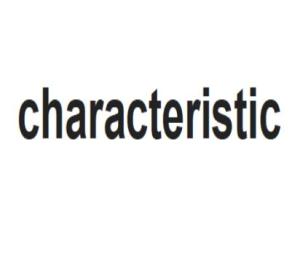
在纺织品鉴定中心,我们配备了先进的检测设备和技术,其中包括各种纤维分析仪器、织造工艺测试仪器、尺寸稳定性测试仪器等,这些设备和技术能够提供准确、专业的纺织品质量检测和分析结果,我们还采用了一些先进的数据分析和处理技术,能够快速、准确地处理大量的检测数据和分析结果。
表格补充说明
以下是关于纺织品鉴定中心的表格补充说明:
纺织品鉴定中心设备和技术清单
| 设备名称 | 型号/规格 | 描述 |
|---|---|---|
| 纤维分析仪器 | XYZ型纤维分析仪 | 用于纤维成分分析 |
| 织造工艺测试仪器 | MTX型织造工艺测试仪 | 用于织造工艺测试 |
| 尺寸稳定性测试仪器 | DST型尺寸稳定性测试仪 | 用于尺寸稳定性测试 |
| 其他设备 | 其他专业设备 | 根据具体需求配置 |
纺织品鉴定案例分析示例
丝绸面料鉴定案例分析
经过检测,该丝绸面料符合相关标准和法规要求,同时具备优良的质地和手感,专家们对该面料进行了深入分析,提供了专业的鉴定意见和建议,该面料的主要纤维成分是天然蚕丝,具有柔软、光滑的手感;织造工艺精湛;尺寸稳定性良好等优点,消费者对该品牌的丝绸面料非常满意。
纺织品鉴定中心是一个专注于纺织品质量检测和鉴定的专业机构,它汇集了行业内顶尖的专家和设备,为消费者提供高质量、专业的纺织品鉴定服务,在今后的工作中,我们将继续努力提高检测技术和设备水平,为消费者提供更加准确、专业的纺织品鉴定服务。
Articles related to the knowledge points of this article:
蠡县束束纺织品店 A Journey through Quality Textiles and Innovation
